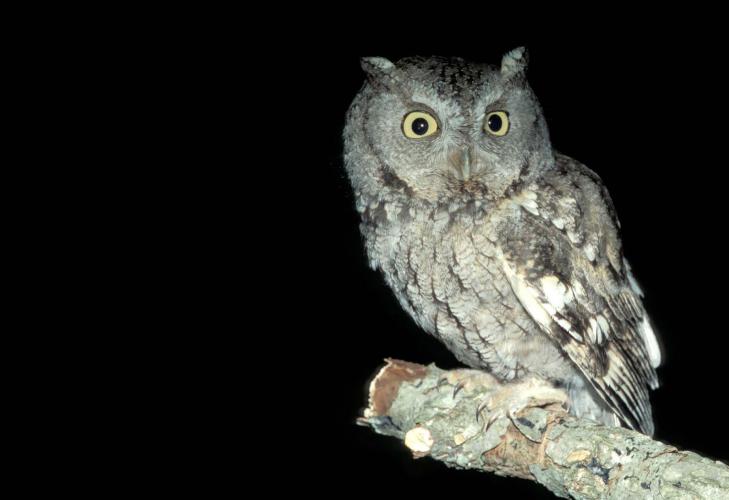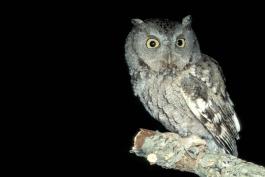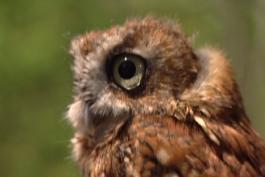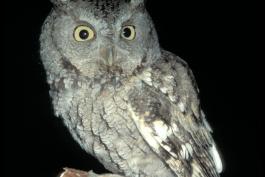
The eastern screech-owl is the only small, yellow-eyed owl with prominent ear tufts in Missouri (though ear tufts may be lowered and concealed from view). There are three color morphs (forms) in our state: gray, brown, and red. Of these, the red is the least common in Missouri. The call is rarely described as a “screech.” Instead, the whistled call is either a quavering, ascending then descending whinny, or a monotone trill, often in a duet with its mate.

Habitat and Conservation
Food
Status
Life Cycle
Human Connections
Ecosystem Connections




About 350 species of birds are likely to be seen in Missouri, though nearly 400 have been recorded within our borders. Most people know a bird when they see one — it has feathers, wings, and a bill. Birds are warm-blooded, and most species can fly. Many migrate hundreds or thousands of miles. Birds lay hard-shelled eggs (often in a nest), and the parents care for the young. Many communicate with songs and calls.





















